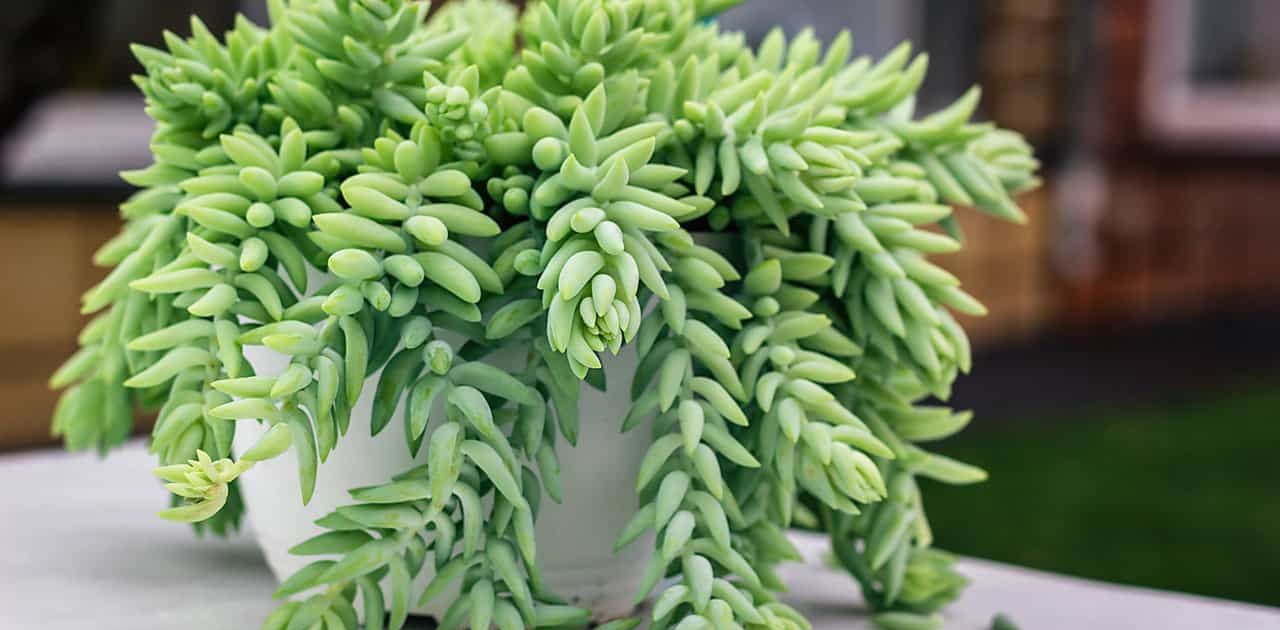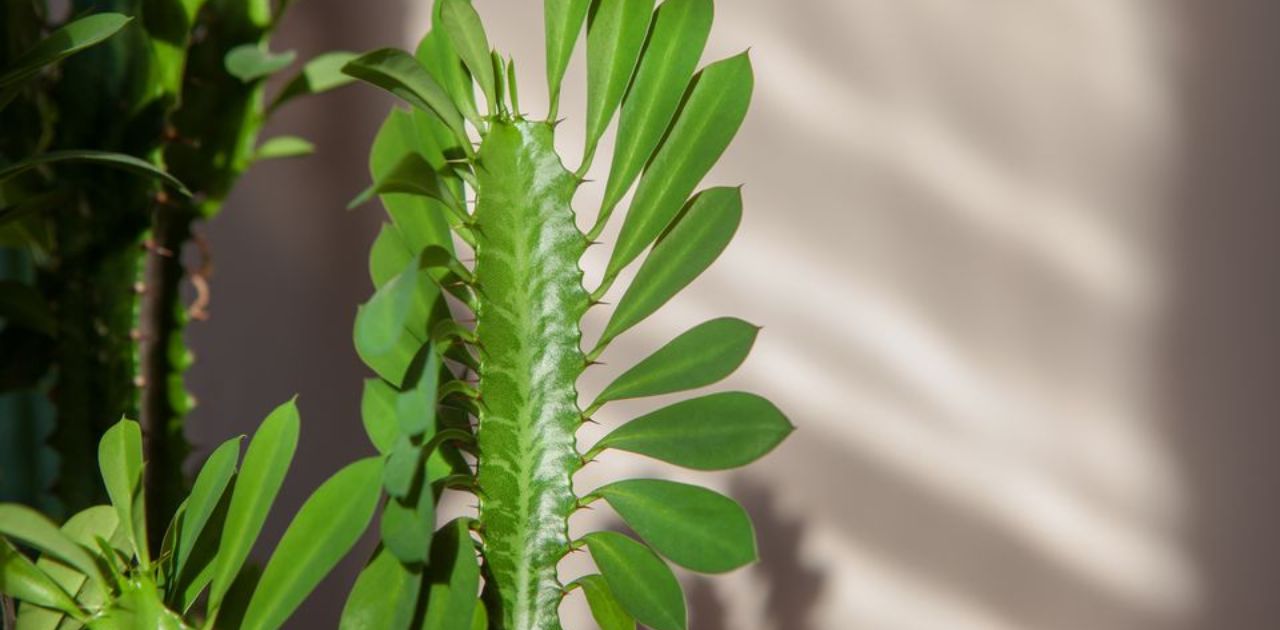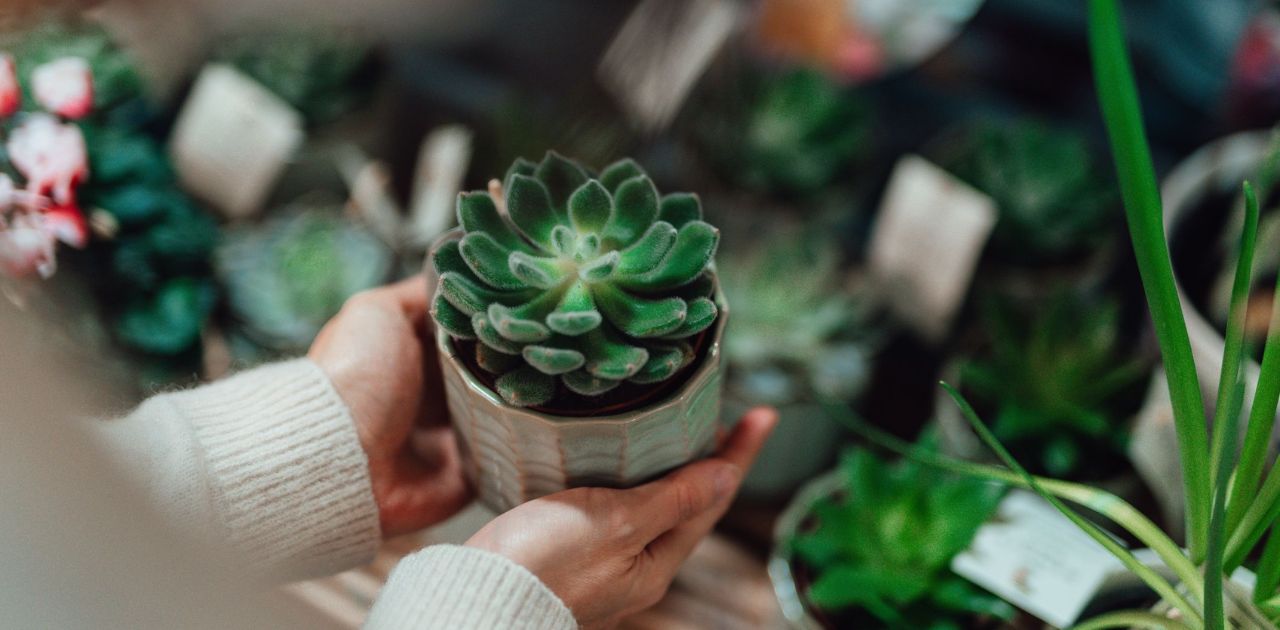Low light succulents refer to a variety of succulent plants that are well-suited for environments with limited sunlight. These plants have adapted to thrive in conditions where other succulents might struggle, making them ideal for indoor spaces with less natural light. They are characterized by their ability to store water in their leaves and stems, allowing them to withstand periods of low light without compromising their health.
In the world of gardening, finding the perfect balance for your plants can be challenging. Low light succulents offer a unique solution. Whether you’re a busy urban dweller or someone with limited access to sunlight, these resilient plants can be a vibrant addition to your indoor garden. Discover the beauty of low light succulents as they bring life and greenery to corners of your home that don’t typically see much sunshine.
Low light succulents, with their captivating shapes and colors, open up a world of possibilities for plant enthusiasts. From the popular snake plant to the charming haworthia, these plants are not only visually appealing but also relatively easy to care for. Their ability to thrive in low light conditions makes them versatile choices for homes and offices alike. Embrace the charm of low light succulents and elevate your indoor gardening experience with these resilient and beautiful plants.
How much light do low light succulents need?
Low light succulents require a moderate amount of indirect sunlight to thrive. These plants can tolerate lower light conditions compared to other succulent varieties. Ideally, they should receive about 4-6 hours of filtered or indirect sunlight per day. Placing them near a bright window with sheer curtains or in a shaded area outdoors is beneficial. Avoid exposing low light succulents to prolonged periods of intense, direct sunlight to prevent sunburn and stress on the plants.
The best low light succulents to grow as houseplants

Choosing low light succulents for your indoor garden is a great way to add greenery to spaces with limited sunlight. Snake Plant (Sansevieria), known for its hardiness, is an excellent low light succulent that thrives in various indoor conditions. Zebra Plant (Haworthiopsis attenuata) is another beautiful option, with its striking striped leaves and ability to tolerate low light environments. Jade Plant (Crassula ovata) is a popular succulent that does well indoors, requiring minimal sunlight and infrequent watering. Aloe Vera, a versatile succulent with numerous health benefits, is also well-suited for low light conditions, making it an ideal houseplant.
Low light succulents for the tabletop
Low light succulents are ideal for tabletops where sunlight may be limited. These succulents thrive in indoor environments with indirect light. Examples include the Zamioculcas zamiifolia (ZZ plant) and Sansevieria (snake plant). Their ability to tolerate low light makes them perfect for homes and offices. These tabletop succulents add a touch of greenery without demanding constant sunlight.
Snake plant
The snake plant, also known as Sansevieria, is a popular indoor plant with long, upright leaves. Its distinctive appearance includes dark green, sword-shaped leaves with light-colored markings. Snake plants are low-maintenance and thrive in various light conditions, making them ideal for beginners. They are renowned for their air-purifying qualities, removing toxins from the air. Snake plants are adaptable and can withstand periods of neglect, making them a resilient choice for home or office decor.
Lance aloe
Lance aloe, scientifically known as Aloe aristata, is a succulent plant with lance-shaped leaves. This low-maintenance plant is native to South Africa and is popular for its unique rosette growth pattern. Lance aloe is characterized by its vibrant green leaves adorned with white spots and spiky edges. It is well-suited for indoor cultivation, thriving in bright, indirect sunlight. With minimal water requirements, lance aloe is an excellent choice for those seeking a hardy and attractive succulent for home or office spaces.
Panda plant
The Panda Plant, also known as Kalanchoe tomentosa, is a charming succulent with fuzzy, silver-green leaves that have dark brown spots, resembling a panda’s fur. This low-maintenance plant is native to Madagascar and is popular for its unique appearance. It thrives in well-draining soil and prefers bright, indirect sunlight. Watering should be moderate, allowing the soil to dry between waterings to prevent root rot. With its adorable appearance and easy care, the Panda Plant is a delightful addition to any indoor succulent collection.
Zebra haworthia
Zebra Haworthia is a small, succulent plant known for its distinctive striped appearance. The leaves feature white horizontal stripes that resemble a zebra’s markings. This plant is easy to care for and is a popular choice for indoor gardening. Zebra Haworthia thrives in well-draining soil and prefers bright, indirect sunlight. With its unique pattern and low maintenance requirements, it adds a touch of natural beauty to any home or office space.
Low light succulents for hanging planters
Low light succulents are perfect for hanging planters, adding greenery to spaces with limited sunlight. These plants, such as snake plants and ZZ plants, thrive in indirect or low light conditions. Hanging planters provide an attractive way to showcase these low light succulents together, creating a visually appealing display. These varieties are well-suited for indoor environments, making them ideal for homes or offices with limited natural light. With their unique shapes and easy care, low light succulents in hanging planters are a stylish and low-maintenance addition to any space.
String of hearts
The string of hearts, also known as Ceropegia woodii, is a charming trailing plant with heart-shaped leaves. Its cascading vines make it a popular choice for hanging baskets or as a trailing plant on shelves. String of hearts is relatively easy to care for, requiring bright, indirect light and well-draining soil. Watering should be moderate, allowing the soil to dry out between waterings. With its unique appearance and low-maintenance nature, the string of hearts adds a touch of elegance to any indoor space.
String of pearls
A string of pearls is a type of trailing succulent with small, bead-like leaves. These plants are known for their unique appearance, resembling a chain of pearls hanging from a string. They belong to the Senecio genus and are native to South Africa. String of pearls is favored as a decorative houseplant and is easy to care for, requiring bright indirect light and well-draining soil. With proper care, this charming succulent can thrive and add a touch of natural elegance to indoor spaces.
Burro’s tail

Burro’s tail, also known as Sedum morganianum, is a unique and popular succulent. Its distinctive trailing stems are laden with small, plump leaves that resemble a donkey’s tail, hence the name. This succulent is native to Mexico and is well-suited for hanging baskets or containers. Burro’s tail requires bright, indirect light and well-draining soil, making it a low-maintenance plant for indoor spaces. Watering should be done sparingly, allowing the soil to dry between waterings to prevent root rot.
Wax plant
The wax plant, scientifically known as Hoya, is a popular indoor houseplant with waxy and glossy leaves. It is cherished for its attractive vines that can trail or climb, making it a great choice for hanging baskets or decorative pots. Wax plants are relatively low-maintenance and can thrive in indirect light, making them suitable for various indoor environments. These plants are also known for their fragrant flowers, which often resemble small star-shaped clusters. With proper care, the wax plant can add a touch of greenery and elegance to any indoor space.
Can Succulents Grow in Low Light?
Succulents are known for thriving in sunlight, but some can adapt to low light conditions. In reduced light, they may stretch or grow more slowly. While they prefer bright light, certain succulent varieties can survive in indirect or filtered sunlight. It’s essential to choose suitable low-light succulents and monitor their growth to ensure they remain healthy. Remember that even low-light succulents need some natural or artificial light to thrive indoors.
Desert Rose
The Desert Rose, scientifically known as Adenium obesum, is a striking succulent plant native to arid regions of Africa and the Middle East. Its distinctive appearance includes thick, twisted stems and beautiful, trumpet-shaped flowers. The plant is well-adapted to hot and dry climates, thriving in sandy or rocky soils. Desert Roses are often cultivated as ornamental plants, adding a touch of exotic beauty to gardens and indoor spaces. With proper care, including well-draining soil and adequate sunlight, these resilient plants can produce vibrant blooms throughout the year.
Aloe Vera
Aloe Vera is a succulent plant known for its thick, fleshy leaves. These leaves contain a gel-like substance with various medicinal properties. Commonly used in skincare, Aloe Vera is known to soothe sunburns, moisturize the skin, and promote healing. It is also used in some cosmetic products for its hydrating and anti-inflammatory qualities. Aloe Vera is easy to grow at home, making it a popular and versatile plant for both health and beauty purposes.
African Milk Tree

The African Milk Tree, scientifically known as Euphorbia trigona, is a unique succulent native to Central and West Africa. This plant is well-known for its distinctive appearance, featuring tall, branching stems with thorns along the edges. The name “Milk Tree” comes from the milky, white sap the plant produces, which can be toxic and irritating to the skin, so handling with care is advised. African Milk Trees are popular as indoor ornamental plants due to their striking shape and minimal care requirements. With proper
Bear Paw
Bear Paw is a brand known for its cozy and warm winter boots. These boots are designed to withstand cold weather and keep feet comfortable. The brand uses high-quality materials, including genuine leather and fur, for durability and insulation. Bear Paw boots come in various styles and colors, making them a fashionable choice for winter footwear. Many people appreciate Bear Paw for providing both style and functionality in cold weather.
Cylindrical Snake Plant
The Cylindrical Snake Plant, scientifically known as Sansevieria cylindrica, is a popular and unique houseplant. With its long, upright leaves that resemble cylinders, it adds a distinctive touch to indoor spaces. This plant is well-loved for its low maintenance and ability to thrive in various light conditions. The Cylindrical Snake Plant is known for its air-purifying qualities, making it a great choice for improving indoor air quality. Whether placed in offices or homes, this plant not only enhances aesthetics but also contributes to a healthier living environment.
Jade Plant
The Jade Plant, scientifically known as Crassula ovata, is a popular and easy-to-care-for succulent. With thick, fleshy leaves, it has a distinctive and attractive appearance. Jade Plants are known for their resilience and ability to thrive in various indoor conditions. They prefer bright, indirect light and well-draining soil, making them suitable for homes and offices. Regular watering and occasional pruning contribute to the health and longevity of this charming and low-maintenance houseplant.
Zebra Plant
The Zebra Plant, scientifically known as Haworthiopsis attenuata, is a popular succulent with striking features. Its leaves are characterized by bold white stripes, resembling a zebra’s pattern, hence the name. Zebra Plants are relatively easy to care for, thriving in well-draining soil and requiring moderate sunlight. These succulents are ideal for indoor spaces, adding a touch of unique beauty to your home or office. With their low-maintenance nature and distinctive appearance, Zebra Plants make a delightful addition to any succulent collection.
Panda Plant
The Panda Plant, scientifically known as Kalanchoe tomentosa, is a charming succulent with fuzzy, silvery leaves that resemble panda ears. This low-maintenance plant is native to Madagascar and belongs to the Crassulaceae family. Its unique appearance and resilience make it a popular choice for indoor gardens and succulent enthusiasts. The Panda Plant thrives in well-draining soil and requires bright, indirect sunlight. Watering should be done sparingly to prevent root rot, allowing the soil to dry between waterings for optimal growth.
Donkey Tail
The Donkey Tail is a unique succulent with trailing stems that resemble a donkey’s tail, hence its name. Its scientific name is Sedum morganianum. This plant is known for its fleshy, teardrop-shaped leaves, which store water, making it drought-tolerant. Donkey Tails are popular as hanging or trailing plants in containers and are easy to care for. They thrive in bright indirect light and well-draining soil, making them a favorite among succulent enthusiasts.
FAQ’s
What succulent needs the least light?
The Snake Plant (Sansevieria) is a succulent that needs the least light.
Are jade plants low light?
No, jade plants (Crassula ovata) are not considered low-light plants. They prefer bright, indirect light and can even tolerate some direct sunlight. Inadequate light may lead to leggy growth and reduced overall health for jade plants.
Can succulents grow in shade?
Succulents generally prefer bright, indirect light but can tolerate some shade. However, too much shade may lead to leggy growth and decreased vibrancy in their colors.
Can succulents grow under LED light?
Yes, succulents can grow under LED light. Ensure the light provides the right spectrum and intensity for optimal growth.
Can succulents survive with artificial light?
Yes, succulents can survive with artificial light, provided it mimics their natural sunlight requirements. Ensure the light is bright and consistent, simulating their native sunlight conditions.
Conclusion
In conclusion, low light succulents offer a wonderful solution for individuals seeking to bring the beauty of these plants into spaces with limited sunlight. These resilient succulents, including varieties like the snake plant and ZZ plant, have adapted to thrive in lower light conditions, making them versatile choices for indoor environments. The ability of low light succulents to endure shade and still exhibit their unique shapes and colors makes them ideal for homes and offices with less natural light. Their low-maintenance nature, combined with the ability to tolerate low light, makes them suitable for individuals who may not have a green thumb or time for intensive plant care.
the inclusion of low light succulents in indoor spaces can contribute to improved air quality and a sense of well-being. The aesthetic appeal of these plants, coupled with their adaptability, provides an opportunity for plant enthusiasts and beginners alike to enjoy the benefits of cultivating greenery in various settings. In summary, low light succulents stand as a practical and visually pleasing choice for those looking to bring the charm of succulents into environments where sunlight is limited, offering a touch of nature’s beauty even in less illuminated spaces.










